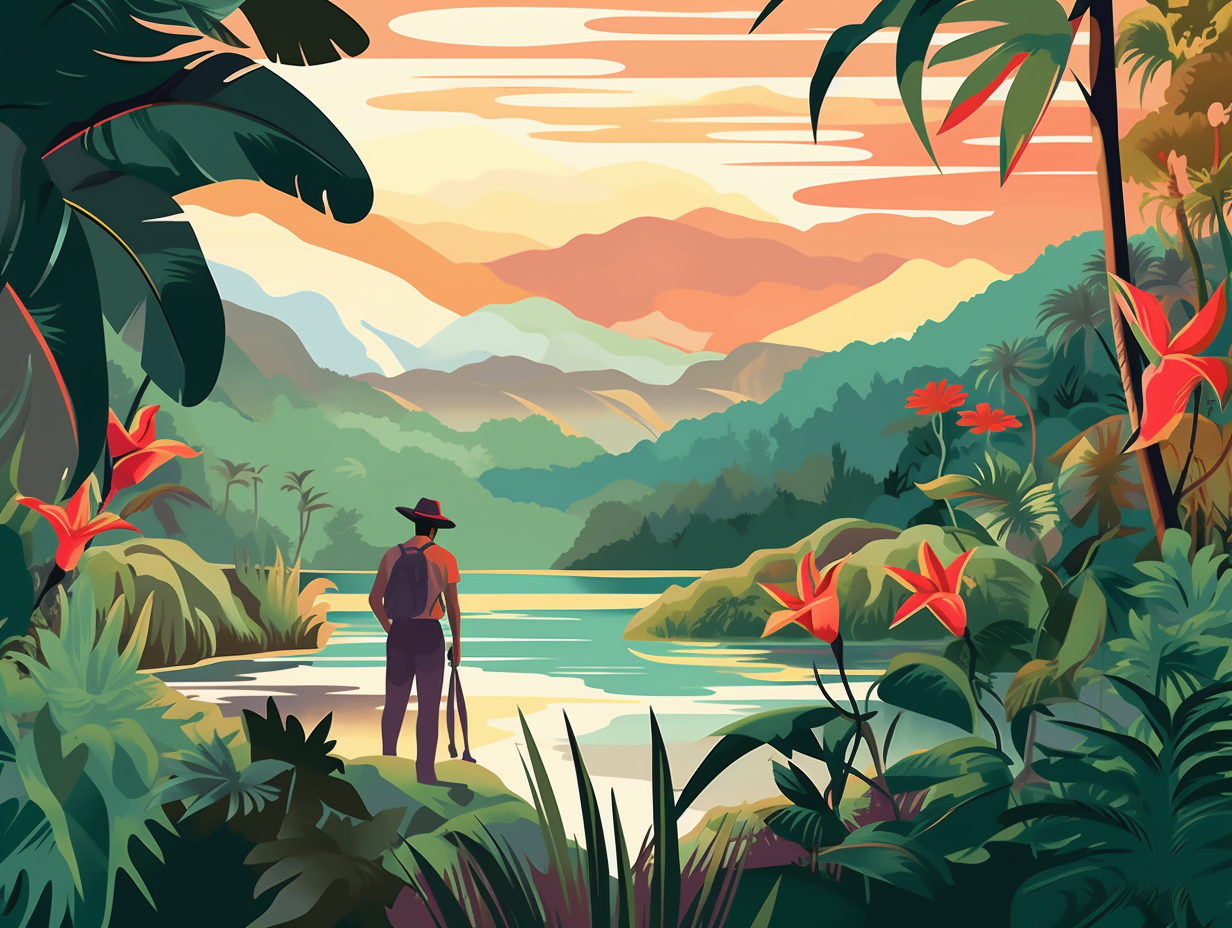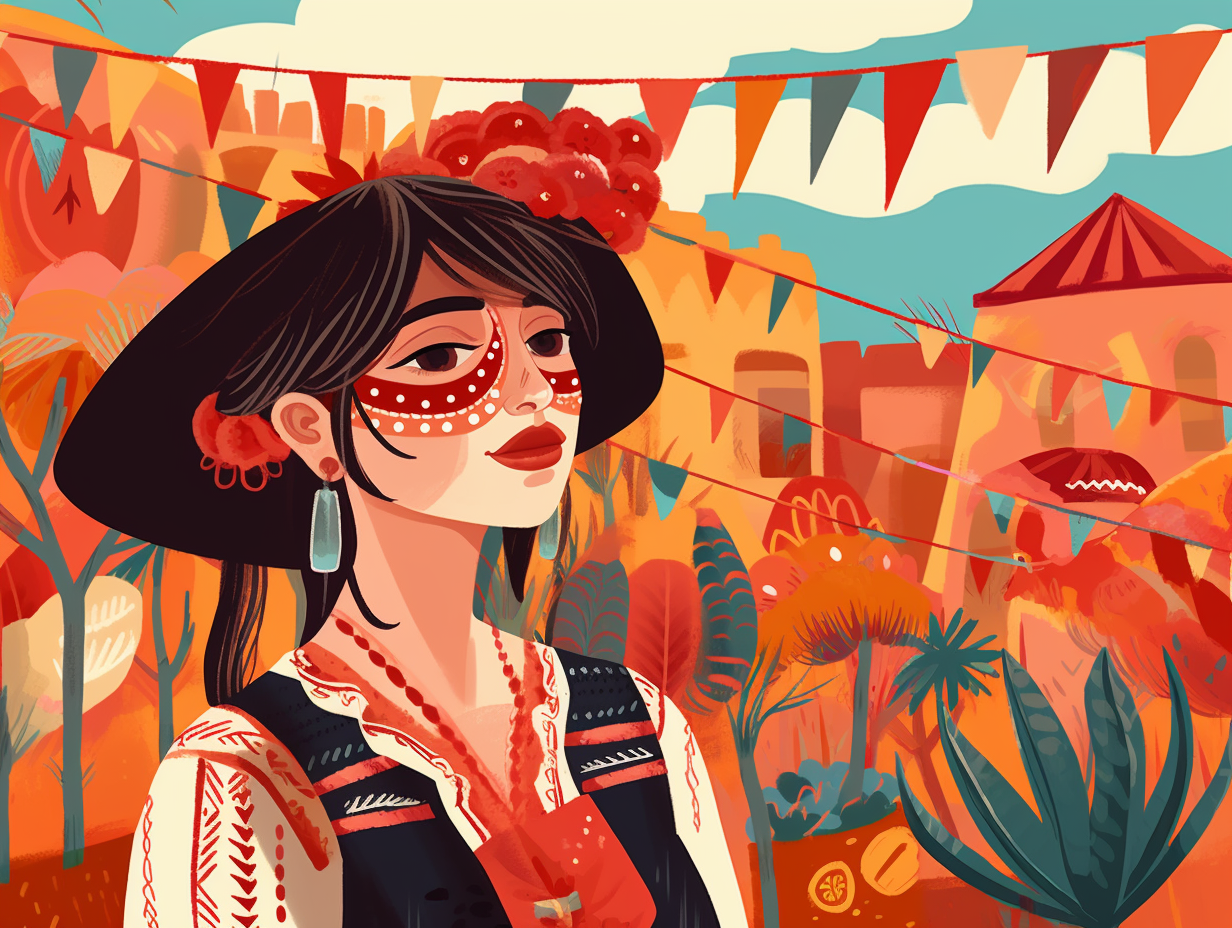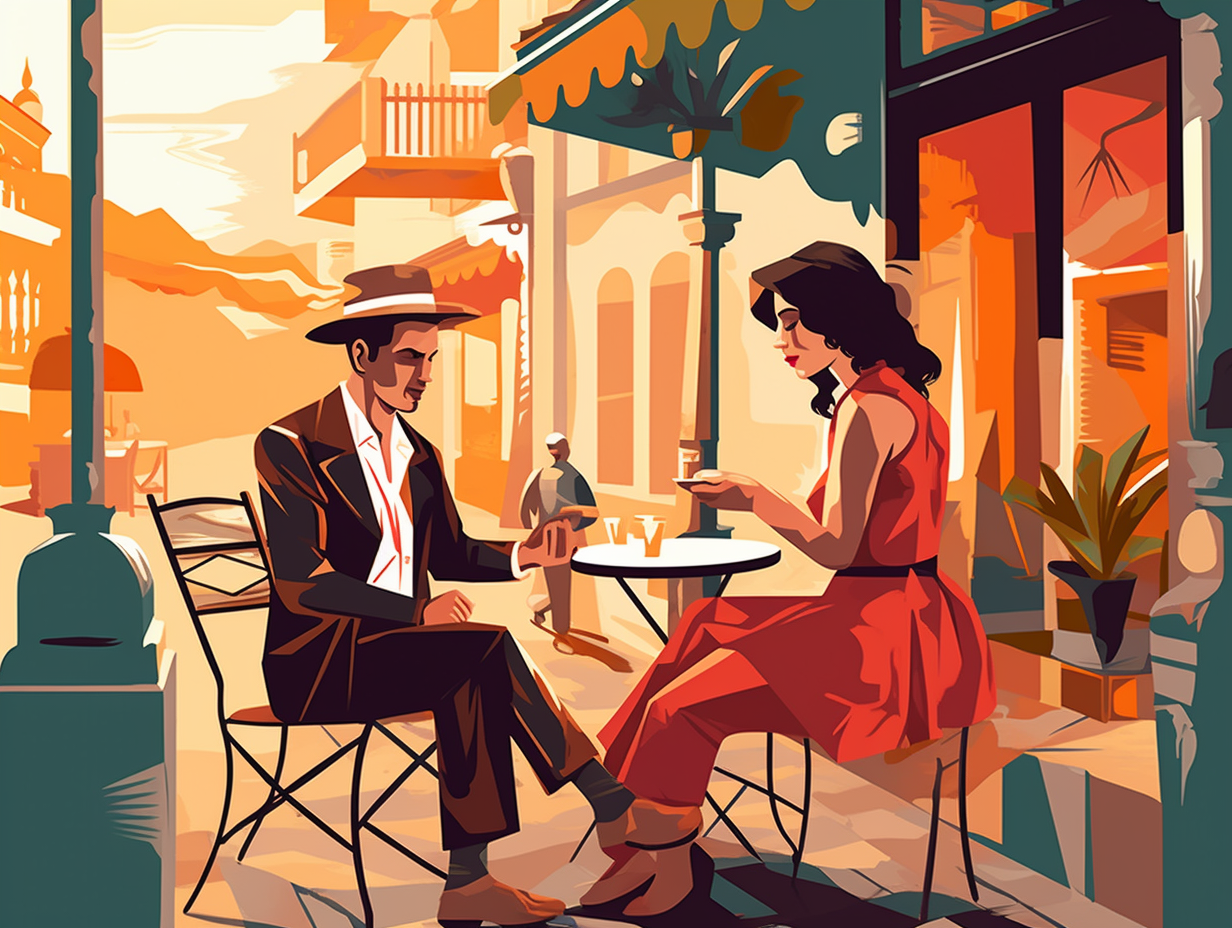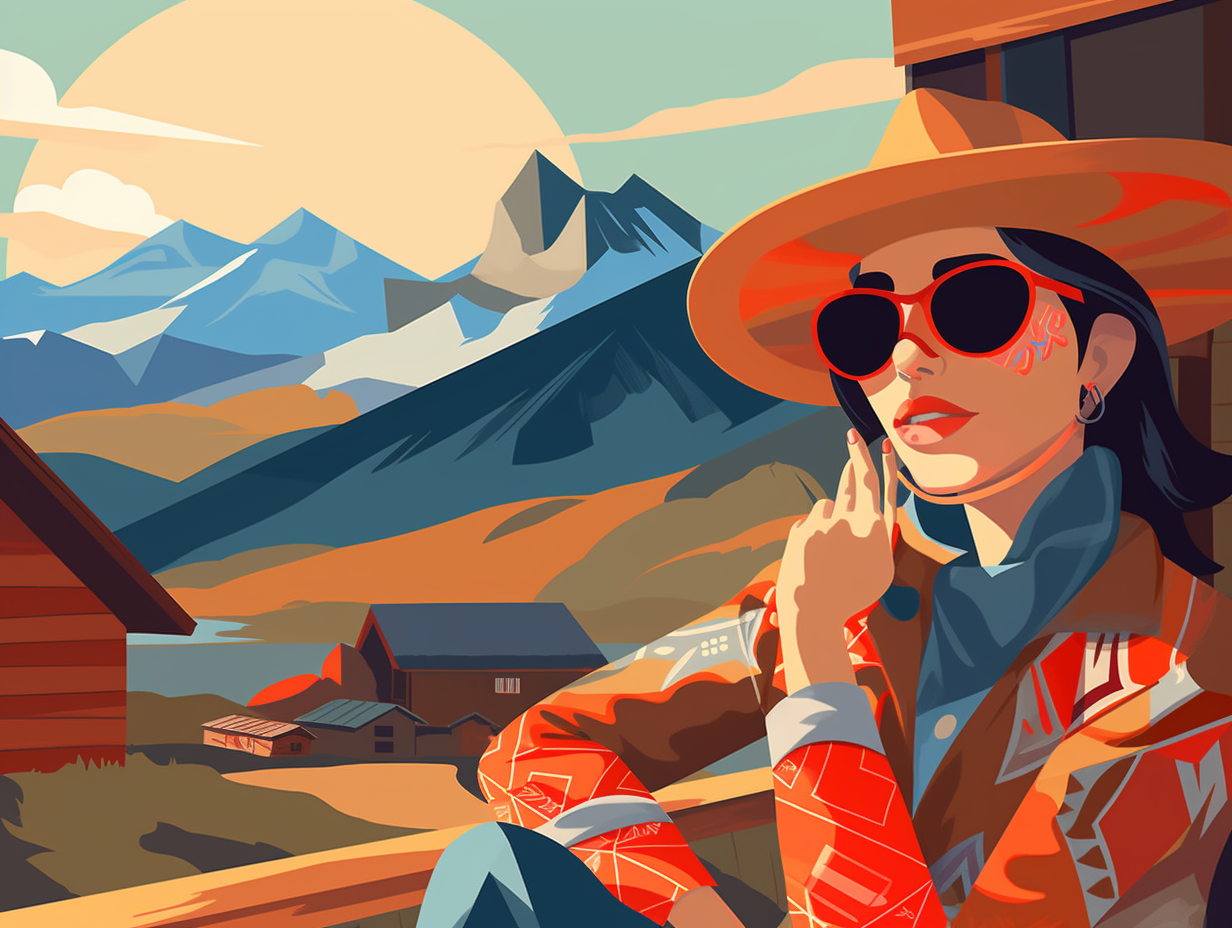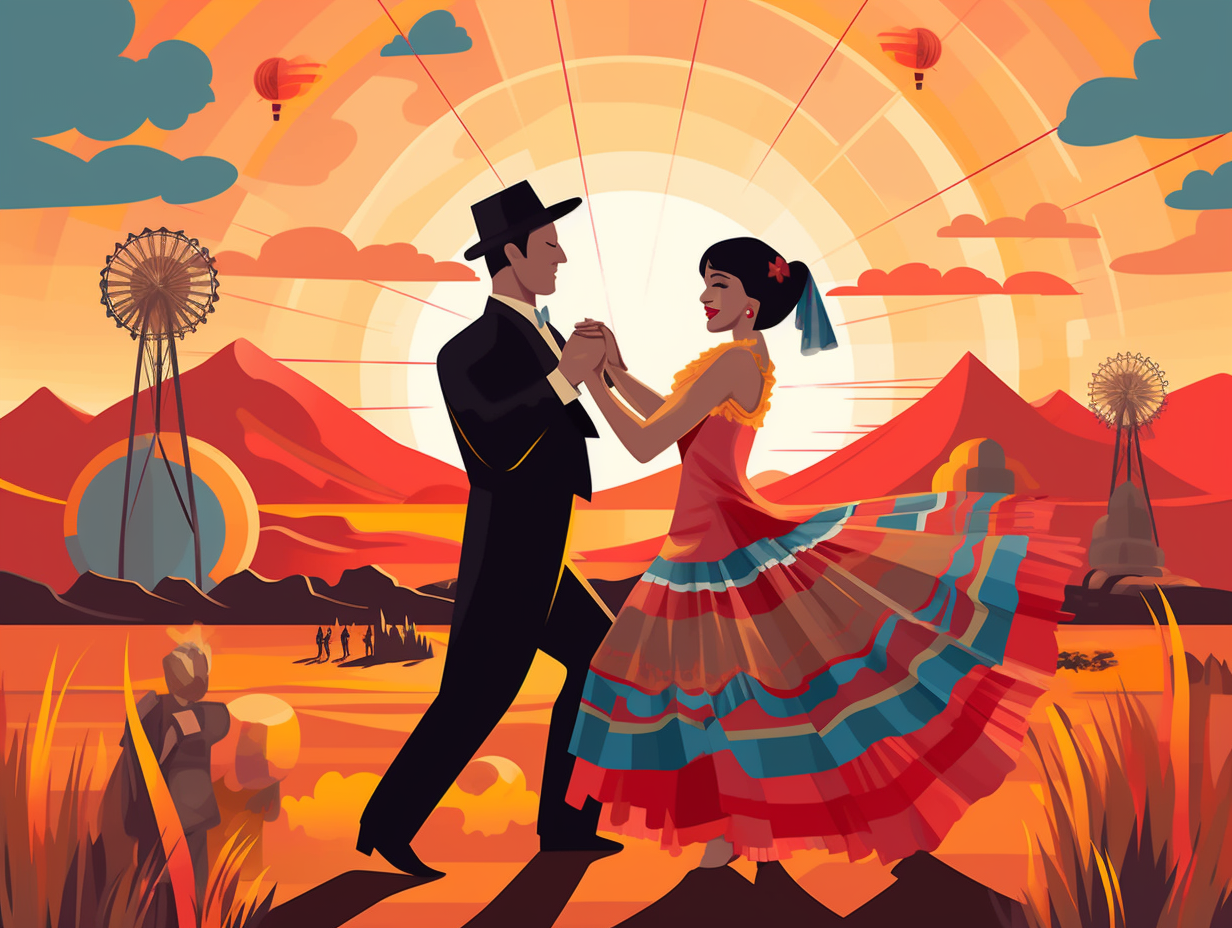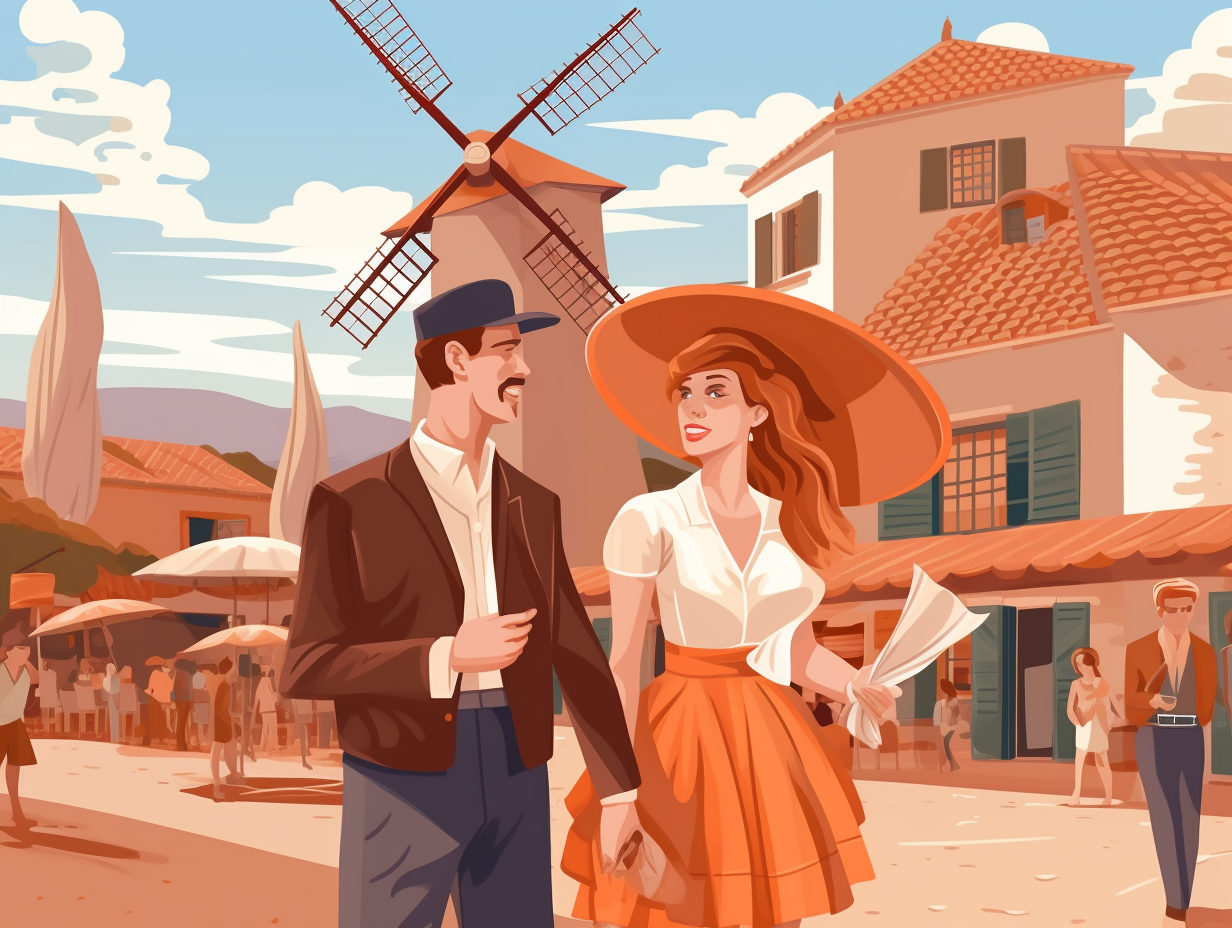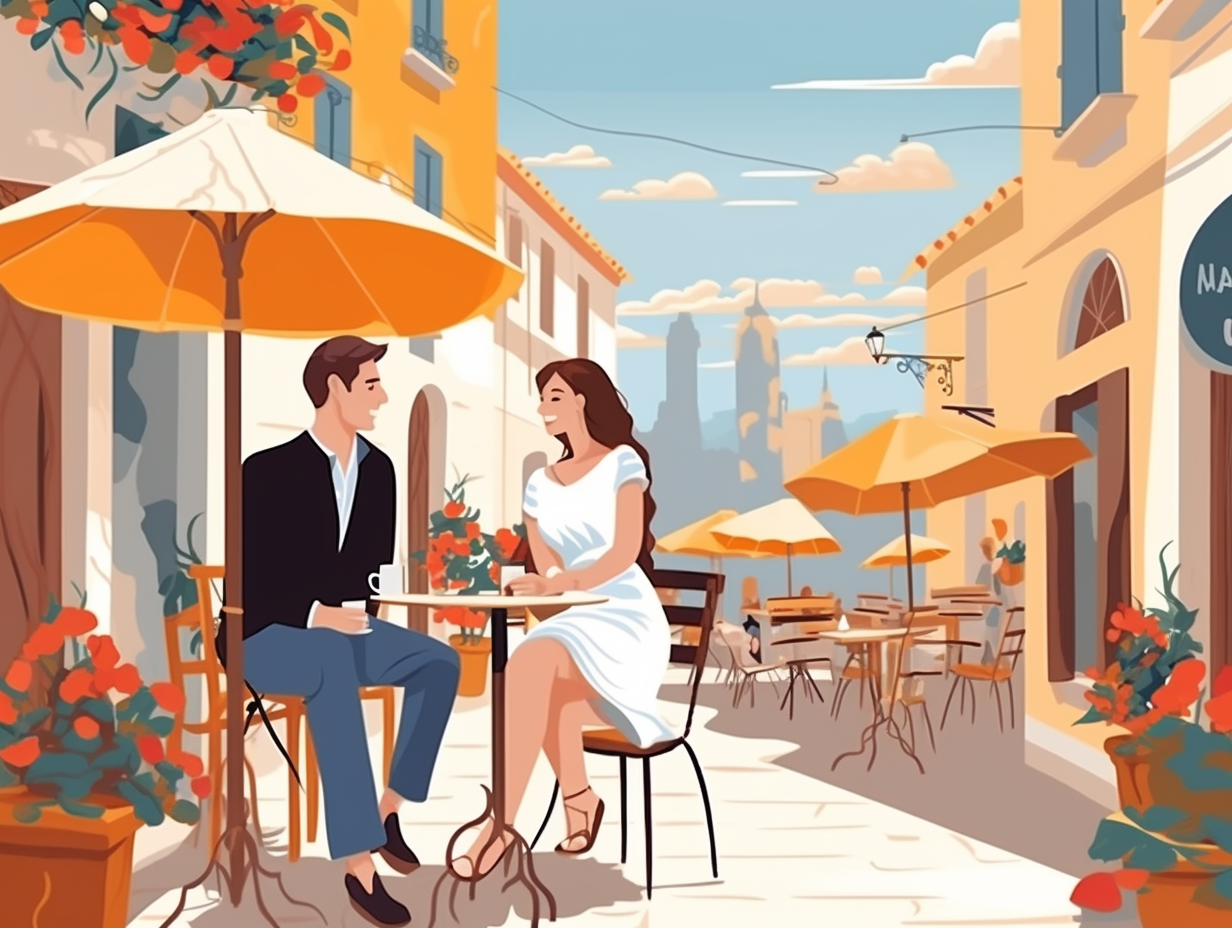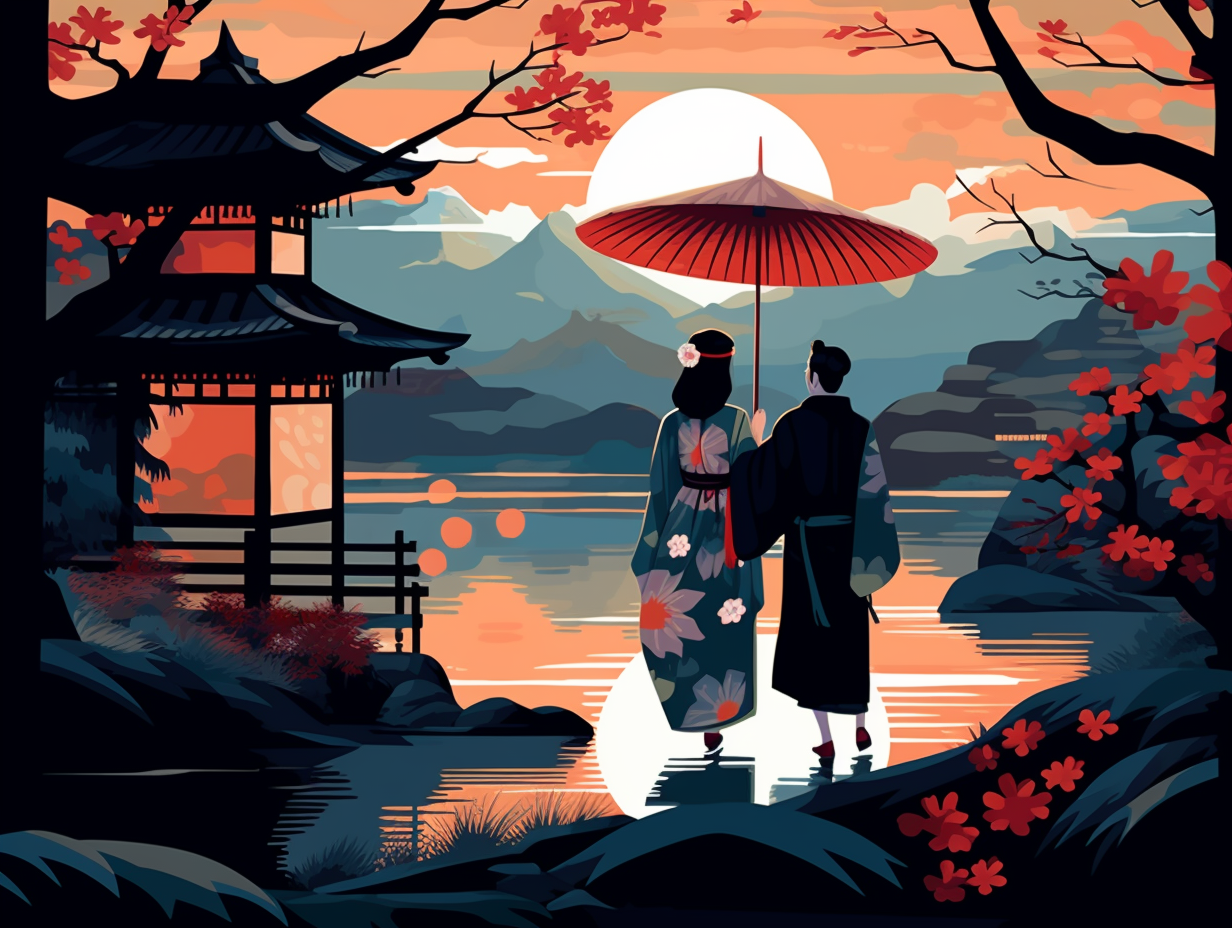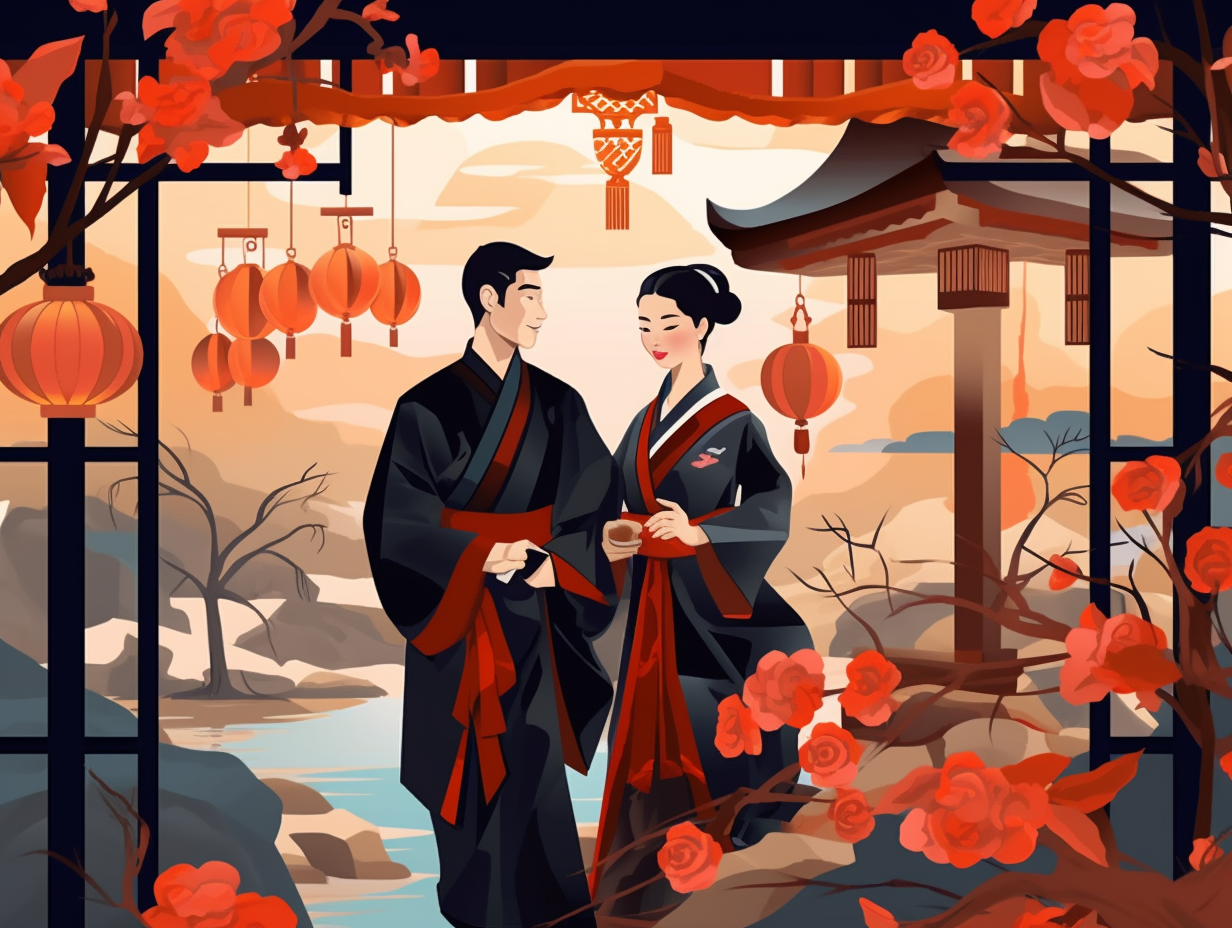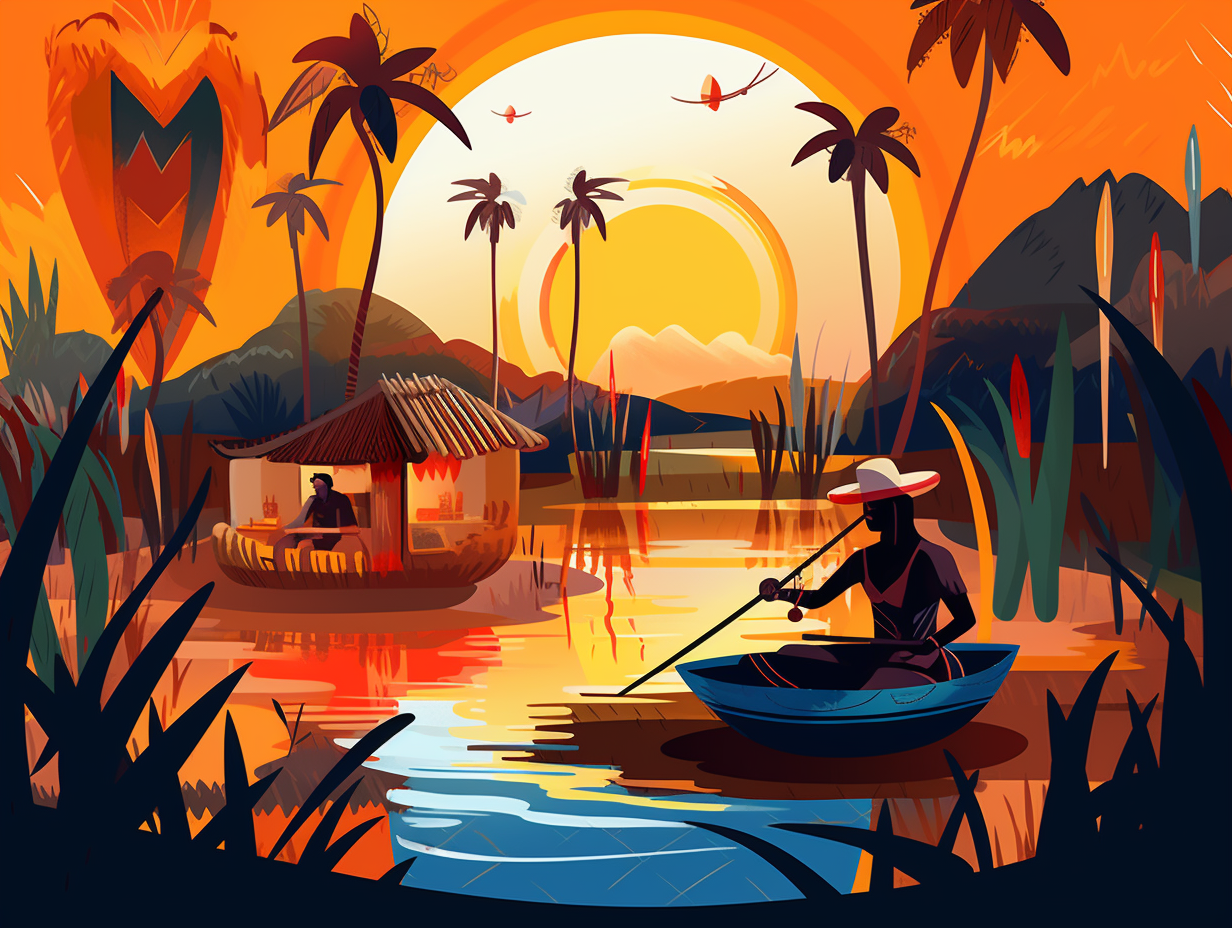Discover Guatemala: Top 13 Fascinating and Fun Facts You Never Knew!
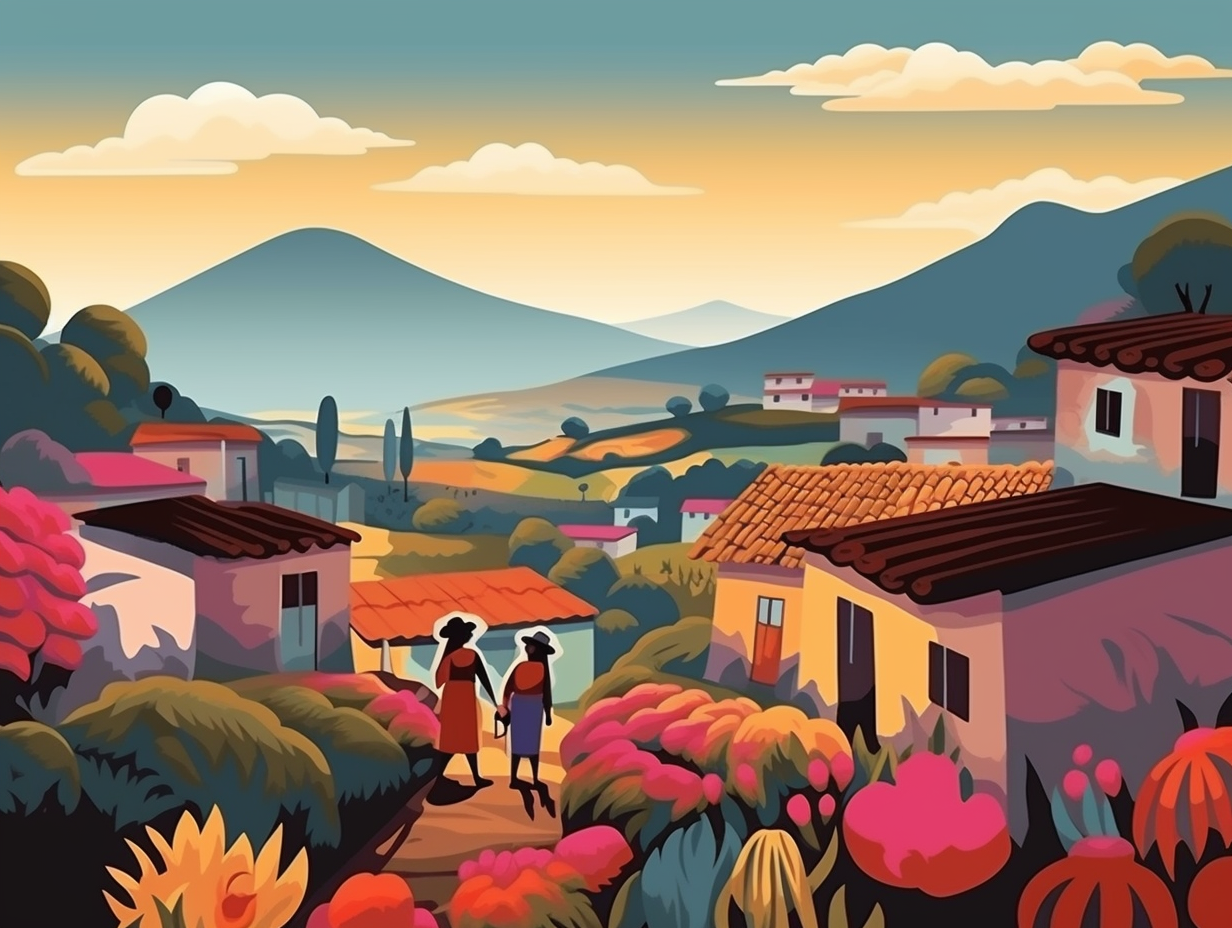
1. Avocado Ancestors
Forget millennials and their toast - avocados have been ancient Mesoamerica's favorite topping since before the wheel was invented: Dating back to around 8000-7000 BC, early Mesoamerican cultures, such as the Mokayas, are responsible for the domestication of avocados, which then spread to the Mayas and Olmecs before three separate horticultural races – the Guatemalan, Mexican, and West Indian – came into contact after European contact in the 16th century.
Source => academic.oup.com
2. Happy Meal's Fairy Godmother
In a land where burgers fly high and toys rain from the sky, Guatemalan Yolanda Fernández de Cofiño was the fairy godmother of fast food: she not only invented the first-ever children's meal with a toy – the now legendary "Happy Meal" – but also conjured up birthday celebrations at McDonald's, earning her two shiny "Ronald awards" for spreading joy across the globe.
Source => axios.com

Discover the world's largest jungle keyboard at Honduras' Copán, featuring the longest known Mayan inscription with over 1,800 glyphs! Uncover the secrets of 16 brilliant rulers and their contributions to mathematics, astronomy, and hieroglyphic writing. Pack your bags, and let's "glyph" things a go! 🌿🔍✨
=> Fun Facts about Honduras
3. Mayans' Megastructures
If the ancient Mayans had a motto, it would probably have been "go big or go home": Tikal Temple IV in Guatemala is one of the tallest and most massive structures in the ancient Maya world, towering at 212 feet from its foundation to the tip-top of its roof comb, making it the second tallest pre-Columbian edifice still standing in the New World, outdone only by Mexico's Great Pyramid of Toniná.
Source => en.wikipedia.org
4. Beans for Brews: Guatemalan Coffee
When life gives you beans, brew up some Guatemalan joe: Guatemala boasts an over-a-century-long history in the global coffee markets, but factors like coffee rust outbreaks, climate change, and market fluctuations have led to a crisis in their coffee industry, causing rural Guatemalans to seek greener pastures in the United States.
Source => time.com
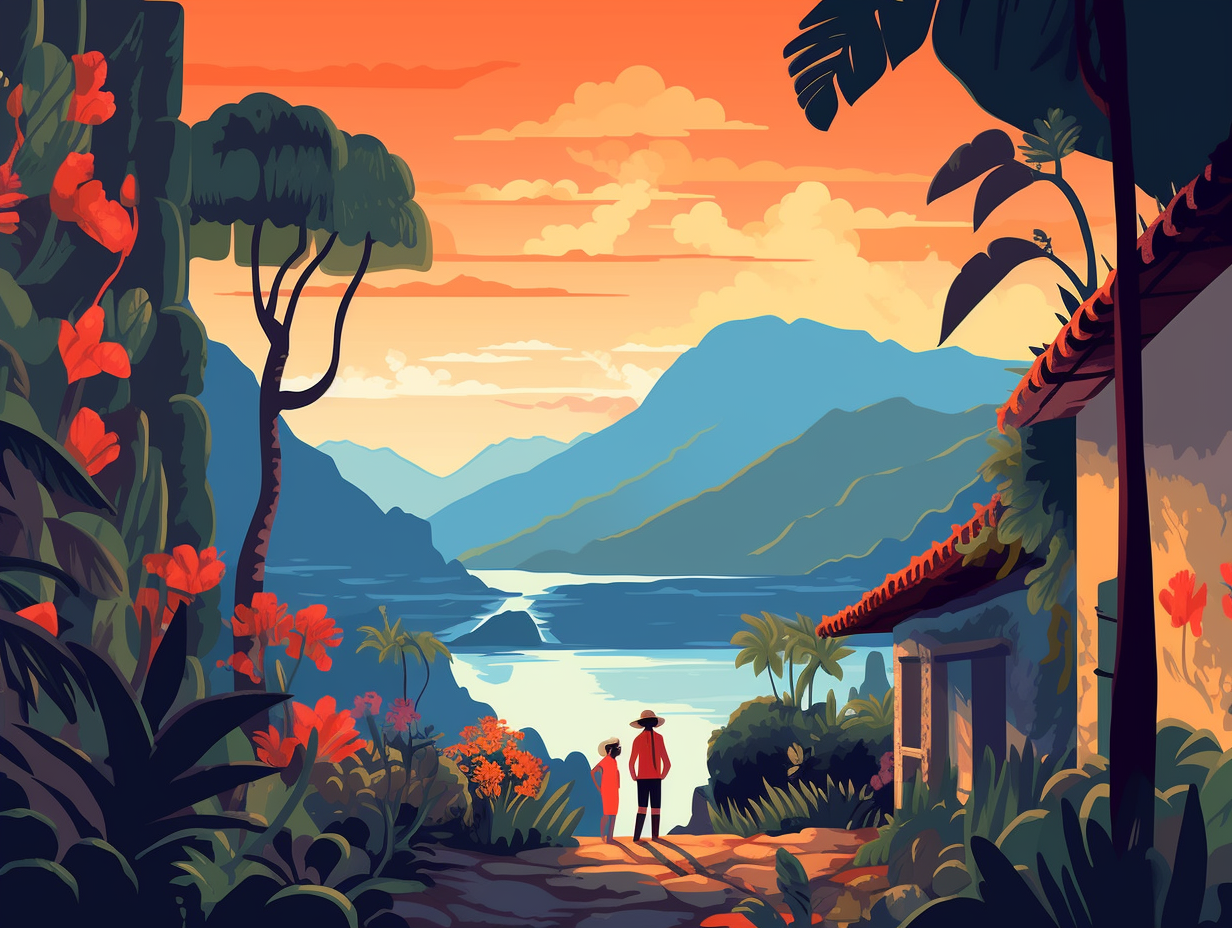
5. Lima Beans' A-List Journey
Move over, Kardashians! The true ancient influencers are the lima beans – rocking the A-list since the Moche era: These status-symbol legumes were grown and used in ceremonies in Peru around 100-800 AD before becoming a dietary staple in the Native American "three sisters" agricultural method, intercropped with corn and squash. Though Guatemala can't claim their initial cultivation, let's raise a toast to the diva of beans on their journey to pop culture stardom!
Source => nal.usda.gov
6. Marimba Music Mania
If you've ever felt an insatiable desire to bang on some wood, then you're in good company with the Guatemalans: The marimba, an impressive wooden percussion instrument with African influences, plays a central role in their culture; it's typically played in groups to express the emotions of historical events and personal experiences in classic tunes like Luna de Xelajú and Noche de Luna Entre Ruinas.
Source => phalarope.org
7. Kites with a Higher Purpose
When kites become ghostwriters of the sky, channeling messages from the beyond: In Guatemala, the Day of the Dead festival features colossal kites soaring to connect the land of the living and the underworld. Crafted from bamboo, woven cloth, and paper over several months, these aerial masterpieces now carry messages of peace, hope, and unity, amidst curbing violence and governmental corruption.
Source => maximonivel.com
8. Feathered Fashionista: Quetzal
A true feathered fashionista, and no, we're not talking about Lady Gaga: Guatemala's national bird, the resplendent quetzal, is not only a stunning sight, but also a symbol of light, freedom, and wealth in Mayan and Aztec cultures, often appearing in art and playing a central role in royal ceremonies.
Source => whitehawkbirding.com
9. Crumbly Carpets of Easter
If you thought your carpet was full of crumbs, wait till you feast your eyes on Guatemala's Easter extravaganza: In Antigua, residents create stunning alfombras, or carpets, made of colored sawdust, pine needles, flowers, fruits, and vegetables, meticulously designed with Maya tradition, biblical symbolism, and nature scenes, only to be trampled by processions and swept away in the blink of an eye.
Source => adventure-life.com
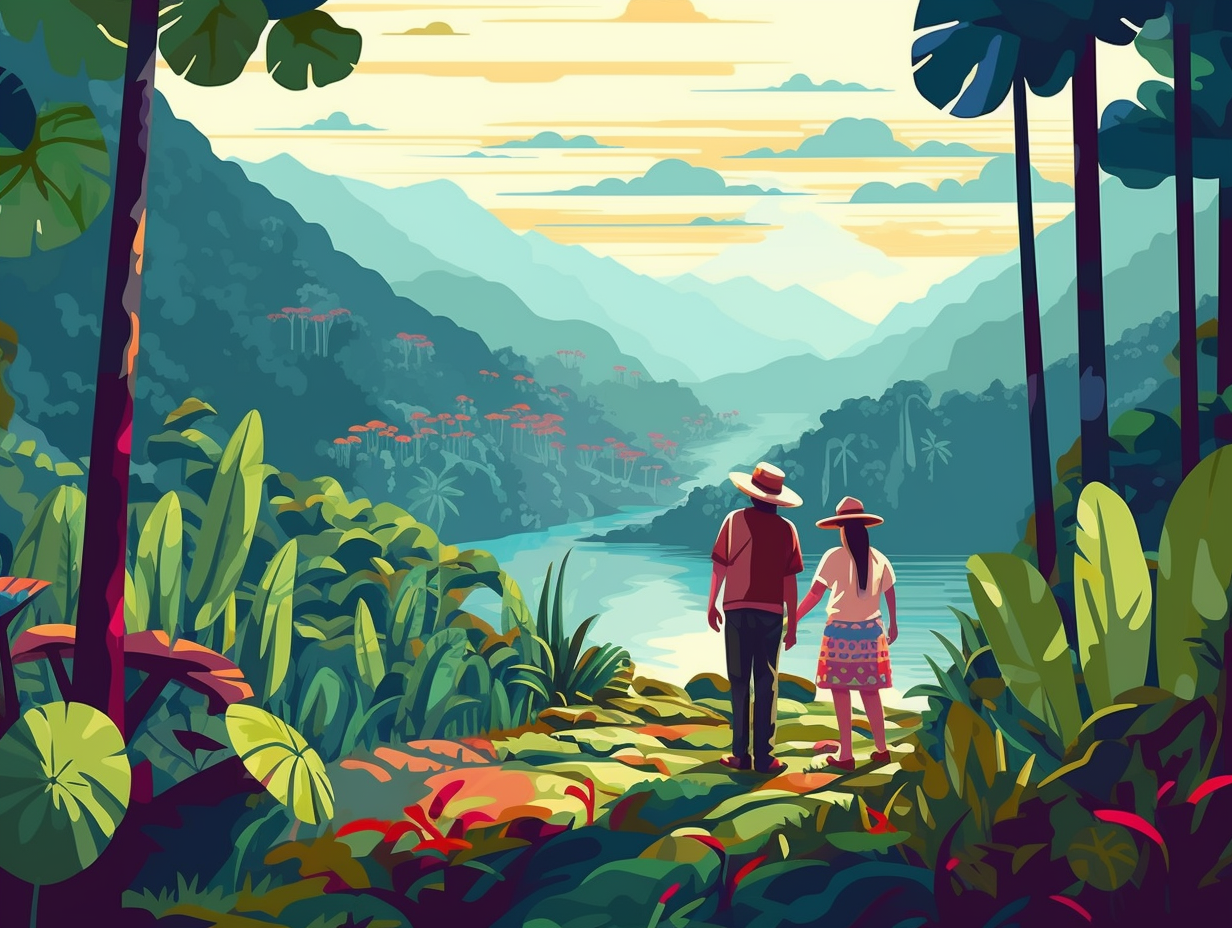
10. Volcanic Hot Springs Oasis
In Guatemala, visitors can take a dip in the steamy waters of Fuentes Georginas, where it's "hotter than a volcano's Zunil": These hot springs are fed by sulfur springs and heated by thermal water from the Zunil volcano itself, providing a natural oasis amidst the Guatemalan cloud forests for weary travelers seeking relaxation.
Source => explorewithlora.com
11. An Exquisite Cocoa-nundrum
Take a moment to chew on this cocoa-nundrum: why did the ancient Mayan's swoon and Aztec's feel like a million bucks after sipping their favorite beverage? The answer, dear friends, lies in Guatemala's sweetest secret: The country is home to over 9,000 cacao farms, producing more than 10,000 tons of Criollo cacao annually - a chocolate variety so exquisite, it puts Willy Wonka's finest confections to shame. And unlike the Aztecs, who trekked 900 miles to fetch the cacao, you only need to travel as far as your nearest chocolate shop to experience this luscious delight.
Source => epicureandculture.com
12. Devil-Burning Bonfires
Move over, Ghostbusters! The Guatemalans ain't afraid of no devil: In a unique December tradition called "La Quema del Diablo," residents burn devil piñatas in bonfires, symbolizing a cleansing of evil spirits. However, the tradition has garnered criticism due to the resulting high levels of smoke and pollution.
Source => growingupbilingual.com
13. Antigua: City of Architectural Lives
In Antigua Guatemala, buildings have more lives than a cat on a warm tiled roof: Founded in 1524, this UNESCO World Heritage Site served as the capital of the Captaincy-General of Guatemala for over 200 years, withstanding earthquakes, volcanic eruptions, and hurricanes. Its well-preserved Baroque architecture and grid layout, inspired by the Italian Renaissance, make it a prime example of town planning in Latin America and a hotspot for tourists – although, contrary to popular belief, cars are not forbidden within its historic central area!
Source => whc.unesco.org
Related Fun Facts

